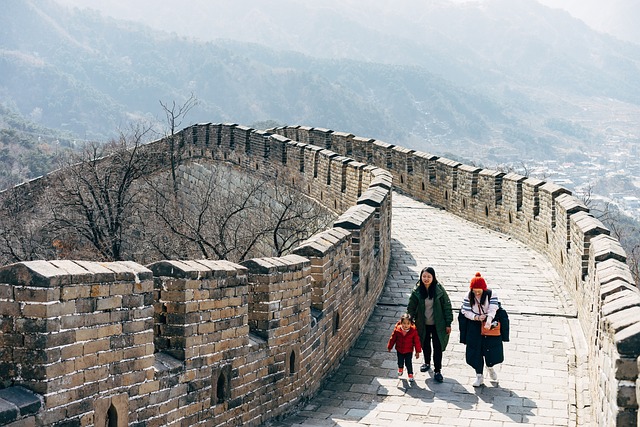When choosing a retaining wall for your landscape project, opt for eco-friendly materials like wood or stone that complement natural surroundings. Prioritize options based on purpose—from soil retention to decorative uses—and ensure stability and aesthetics through proper planning. Incorporate native plants at the base for biodiversity and use geotextile fabric for drainage to foster sustainability. Modern finishes and creative designs, such as curves and tiers, enhance visual interest while maintaining structural integrity.
Retaining walls no longer serve solely as structural elements; they are now integral components of landscape design, enhancing aesthetics while providing stability. This article explores landscape-friendly retaining wall options, focusing on materials that harmonize with nature, design considerations for seamless integration, and installation techniques ensuring both strength and visual appeal. Discover how to transform your outdoor space into a harmonious blend of function and beauty through eco-conscious retaining wall installation.
- Understanding Landscape-Friendly Retaining Wall Options
- Materials That Harmonize with Nature
- Design Considerations for an Integrated Look
- Installation Techniques for Stabilty and Aesthetics
Understanding Landscape-Friendly Retaining Wall Options
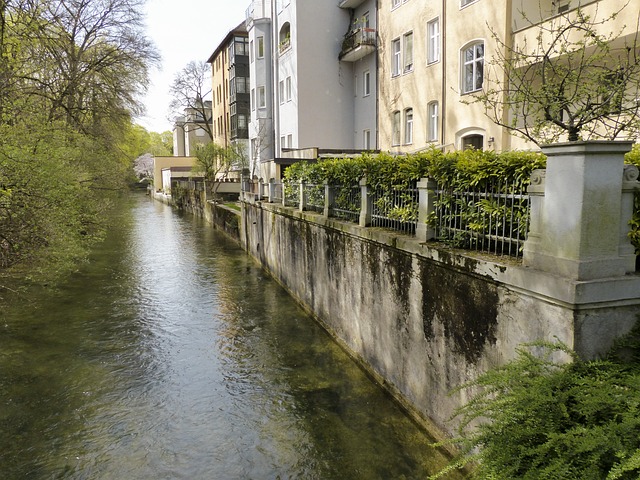
When considering landscape-friendly retaining wall options, it’s essential to understand that these walls should blend seamlessly with the natural terrain and surrounding plants. Unlike traditional concrete or brick retaining walls, eco-conscious alternatives prioritize aesthetics and environmental impact. These walls often incorporate natural materials like wood, stone, or vegetation itself to create a harmonious look in your outdoor space.
One key aspect to consider in retaining wall installation is the wall’s purpose—to hold back soil and prevent erosion, support a slope, or simply serve as a decorative element. Different landscape-friendly options are designed for specific purposes, ensuring stability while enhancing the beauty of your garden. Whether you opt for a wooden plank system, stone stacked with mortar, or living walls filled with native plants, proper planning and selection will ensure a functional and visually appealing result that complements your landscape design.
Materials That Harmonize with Nature
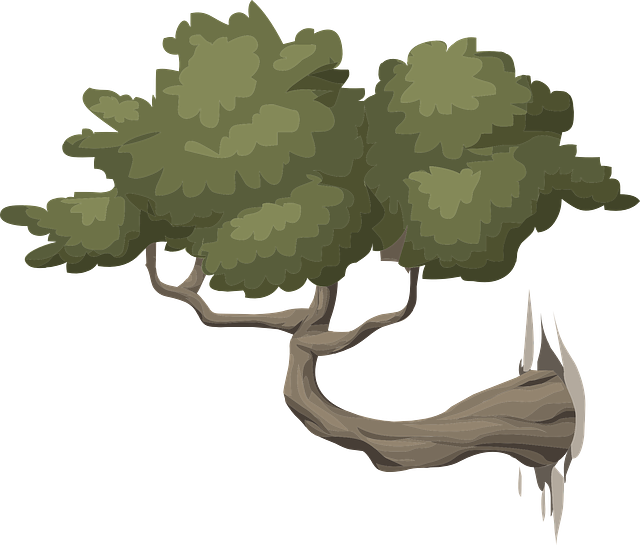
When considering landscape-friendly retaining wall options, it’s essential to choose materials that harmonize with your natural surroundings. Natural stone and wood are excellent choices for retaining walls as they blend seamlessly into various landscapes, from rustic gardens to modern outdoor spaces. These materials not only look appealing but also provide long-lasting durability.
Many retaining wall installations now incorporate eco-friendly features like recycled content and sustainable manufacturing processes. Bricks, pavers, and concrete blocks that are made from recycled materials reduce environmental impact while still offering robust structural support. Additionally, using native plant species along the base of the retaining wall can enhance biodiversity and create a more vibrant, natural setting, making them ideal for environmentally conscious homeowners and landscape designers.
Design Considerations for an Integrated Look
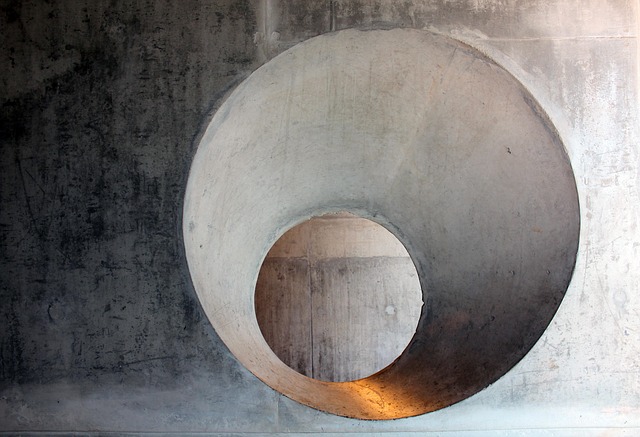
When considering a landscape-friendly retaining wall, design considerations are key to achieving an integrated look that complements your outdoor space. The first step is to choose a material that harmonizes with your existing landscape. Natural stones like river rock or bluestone not only enhance the aesthetic appeal but also blend seamlessly into organic environments. Wood retainers, such as cedar or redwood, offer a warm, rustic charm and can be tailored to fit various design schemes. For a modern touch, concrete retaining walls can be finished with a natural-looking texture or stained to match surrounding plants.
In addition to material selection, the overall design should prioritize functionality while maintaining visual appeal. Retaining wall installation should account for the slope of your yard and the type of soil present. Incorporating curves and tiered levels not only adds visual interest but also helps to stabilize the structure. Planting native vegetation at the base of the wall can further enhance the landscape integration by providing natural support and creating a vibrant, organic look that attracts local wildlife.
Installation Techniques for Stabilty and Aesthetics
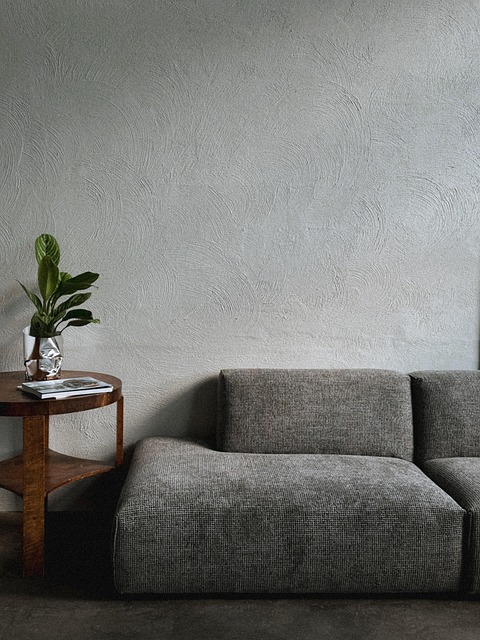
When it comes to landscape-friendly retaining wall options, proper installation techniques are key for both stability and aesthetics. One effective method involves using geotextile fabric as a drain layer beneath the wall. This not only prevents soil erosion but also allows water to pass through, mimicking natural drainage patterns. By incorporating this fabric during installation, you create a sustainable solution that supports the surrounding ecosystem.
Additionally, retaining wall installation should consider the use of native plants and vegetation along the base and within any gaps. These plants act as natural anchors, enhancing the wall’s stability while also providing habitat for local wildlife. Aesthetically, strategically placed landscaping can blend the retaining wall into the broader landscape, creating a harmonious design that enhances the overall beauty of your outdoor space.
When considering landscape-friendly retaining wall options, it’s not just about choosing materials that blend in—it’s about selecting solutions that enhance your outdoor space while ensuring structural stability. By understanding the design and installation techniques discussed, you can create natural-looking walls that complement your landscape, providing both functional benefits and aesthetic appeal. Remember, a well-installed retaining wall is a key element in creating a harmonious and durable outdoor environment.
